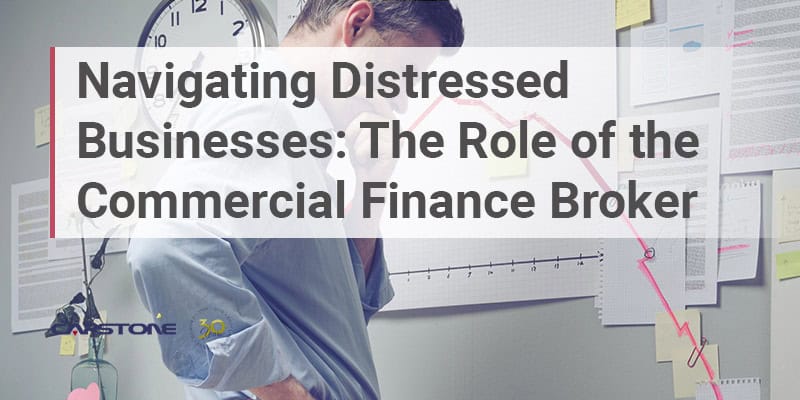Although the economy is recovering, many companies are suffering additional losses which have further weakened their financial position. Losses derived from insufficient credit risk management policies and practices have many businesses without sufficient working capital to meet their daily cash flow needs. Payments for open invoices are being “stretched” out longer and businesses are experiencing increased late payments and write-offs.
You can mitigate your credit risk and protect your financial condition by reviewing your credit policies, procedures, and processes to be sure they make sense for an economy in transition, and consider implementing the following strategies:
Credit Criteria
In a growing, stable economy companies tend to accept lower credit quality on the assumption that a rising economy will mitigate the risk. The economy is recovering but shortages, price inflation, and the COVID-19 Delta variant have created significant challenges for many businesses.
Tightening credit criteria to include the following can mitigate credit risk:
- Years in business
- High trade credit amount
- Credit rating score
- Litigation, lien, and bankruptcy history
- Key financial indicators such as current ratio and acid test ratio
Generally, this information will be available in a business credit report. Reports can be ordered from credit bureaus such as Dun & Bradstreet, Experian, Ansonia, etc. Try to find the right balance that will mitigate credit risk, but not weaken competitiveness. Further credit information can be obtained by requesting trade references, bank references, and financial statements from customers, or even by internet searches. Information for companies that are public may be more accessible on the internet by using YAHOO Finance or EDGAR on the SEC.gov website as these businesses are required to regularly submit public filings and financials.
Credit Limits
How much can your company afford to lose to bad debts? Analyze credit loss exposure to your top customers under varying scenarios. If the potential exposure is too great, carefully adjust credit limits to avoid jeopardizing customer relationships.
Payment Terms
Payment terms are often dictated by competition and industry practices. However, overly generous payment terms increase credit exposure, and your company may not be able to finance the level of accounts receivable.
Credit risk can be mitigated by reducing payment terms to accounts with higher credit risk, e.g. changing from Net 30 to Net 15. Reducing excessive payment terms for other accounts will further mitigate risk and reduce investment in accounts receivable.
Discounts for Early Payment
Offering a discount for early payment, e.g. 2% 10 Net 30 can be an effective way to mitigate credit risk. In a low-interest-rate environment, cash discounts can be a powerful incentive to pay early. The cost of offering a cash discount can be high. Make sure you have the profit margin to absorb the cost.
Deposits
Requiring a deposit with an order helps to mitigate credit risk. Deposits are not unusual for special orders, large orders, higher credit risk, and orders with long lead times.
Letters of Credit
Letters of credit to guarantee orders are a common way to mitigate credit risk in international trade and on special and large orders. Letters of credit can be expensive for a customer, and the amount of the credit is counted against the availability of borrowing facilities the customer may have at the issuing bank.
Collection Procedures
Increased customer contact reduces late payments and mitigates credit risk. On large orders contact customers shortly after the invoice has been issued to make sure it has been received, and there are no problems that will delay payment. Add a payment reminder just before the due date, and shorten the time between past-due payment reminders. In collections, the squeaky wheel gets the grease.
Automation
Automation of credit and collections processes can reduce DSO up to 10 days. Lower DSO increases cash flow and reduces credit risk. Automated credit scoring and monitoring, electronic invoicing, email automation, and online customer portals reduce late payments and mitigate credit risk.
Third-party options to mitigate credit risk should also be considered. Even companies with the best credit policies, procedures, and processes can benefit from the additional risk mitigation available from commercial finance companies.
Credit Insurance
Insuring against credit losses is a common method used to mitigate credit risk. While credit insurance may be helpful in certain circumstances, there are a number of drawbacks that need to be considered, including:
- Cost: There may be a minimum premium and the cost may be high for low volumes.
- Deductible: You may have to incur credit losses up to a deductible amount before the policy pays.
- Coverage: The policy may exclude disputed amounts and high-risk accounts, or limit coverage for an account.
Credit insurance is generally best suited for companies with a small number of large accounts.
Invoice Factoring
Invoice factoring is a widely used form of financing which can mitigate credit risk and provide immediate funding. Factoring can be provided for a single invoice, or as a program for all of your accounts receivable.
With a non-recourse factoring structure, the factoring company willingly assumes the risk of credit default once the invoice is purchased, mitigating your credit exposure. Invoice factoring credit approval is based on your customer’s financial strength, not the creditworthiness of your business. Credit analysis and collections services for factoring with recourse (the most common form of invoice factoring), can be provided to clients that need help managing their credit risk.
Invoice factoring is an excellent solution for companies that need to mitigate their credit risk and receive immediate funding for their accounts receivable.
How Capstone Can Help
Capstone Corporate Funding, LLC is a leading commercial finance company that is focused on providing capital to growing companies. Capstone can tailor a program using existing accounts receivable to generate working capital and provide credit risk mitigation services that fit your business needs.
If you would like to discuss invoice factoring and credit mitigation with a Capstone representative, please call (212) 755-3636.




